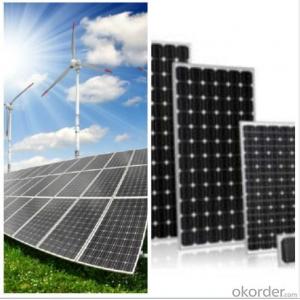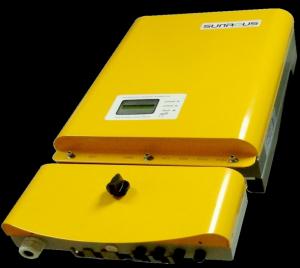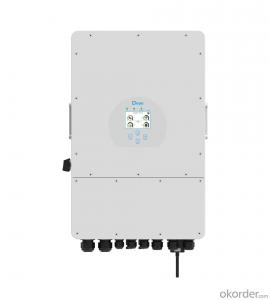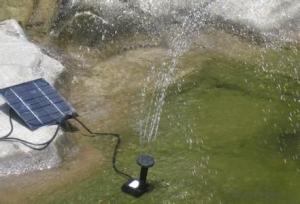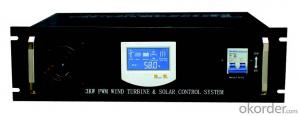Eps Solar Hybrid Inverter
Eps Solar Hybrid Inverter Related Searches
Eps Solar Inverter Hybrid Solar Power Inverter Hybrid Solar Inverter Solar Hybrid Inverter Inverter Solar Hybrid Solar System Hybrid Inverter Inverter Hybrid Solar Solar Inverter Hybrid Solar Hybrid Pcu Inverter Epever Solar Inverter Sps Solar Inverter Hybrid Inverter Solar Hybrid Solar Inverter System Solar Panel Hybrid Inverter Solar Hybrid Inverter System Buy Hybrid Solar Inverter Emp Hardened Solar Inverter Solar Electric Inverter Hybrid Inverter Solar System Solar Edge Hybrid Inverter East Power Solar Inverter Solar Energy Power Inverter East Solar Inverter Smart Hybrid Solar Inverter Solar Energy Inverter Hybrid Solar Charger Inverter Hybrid Inverter Solar Panel Tesla Hybrid Solar Inverter 12v Hybrid Solar Inverter Best Solar Hybrid InverterEps Solar Hybrid Inverter Supplier & Manufacturer from China
Eps Solar Hybrid Inverter is a versatile power management solution designed to optimize energy consumption by combining solar power with traditional energy sources. This innovative product allows users to harness the power of the sun while maintaining a reliable connection to the grid or a backup power supply. The flexibility of the Eps Solar Hybrid Inverter makes it suitable for a wide range of applications, including residential, commercial, and industrial settings. It is particularly useful in areas where solar power is abundant but inconsistent, providing a seamless transition between solar and grid power to ensure a continuous and stable energy supply.Okorder.com is a leading wholesale supplier of Eps Solar Hybrid Inverter, offering a vast inventory of this cutting-edge technology to customers worldwide. With a strong commitment to quality and customer satisfaction, Okorder.com ensures that each Eps Solar Hybrid Inverter is thoroughly tested and meets the highest industry standards before being shipped to its final destination. This reliable and efficient product is available at competitive prices, making it an attractive option for those looking to invest in sustainable energy solutions.
Hot Products







